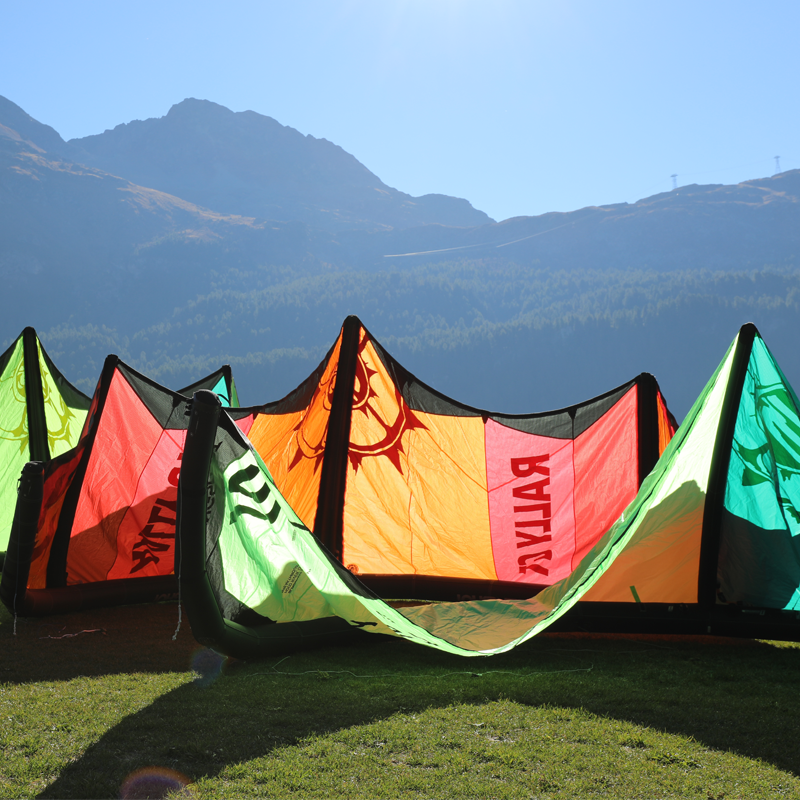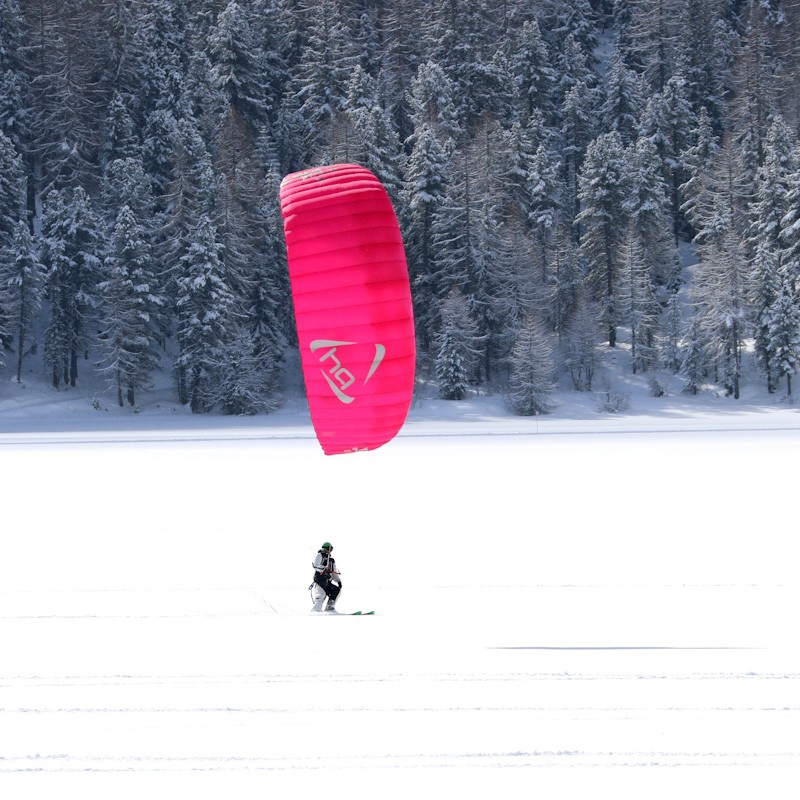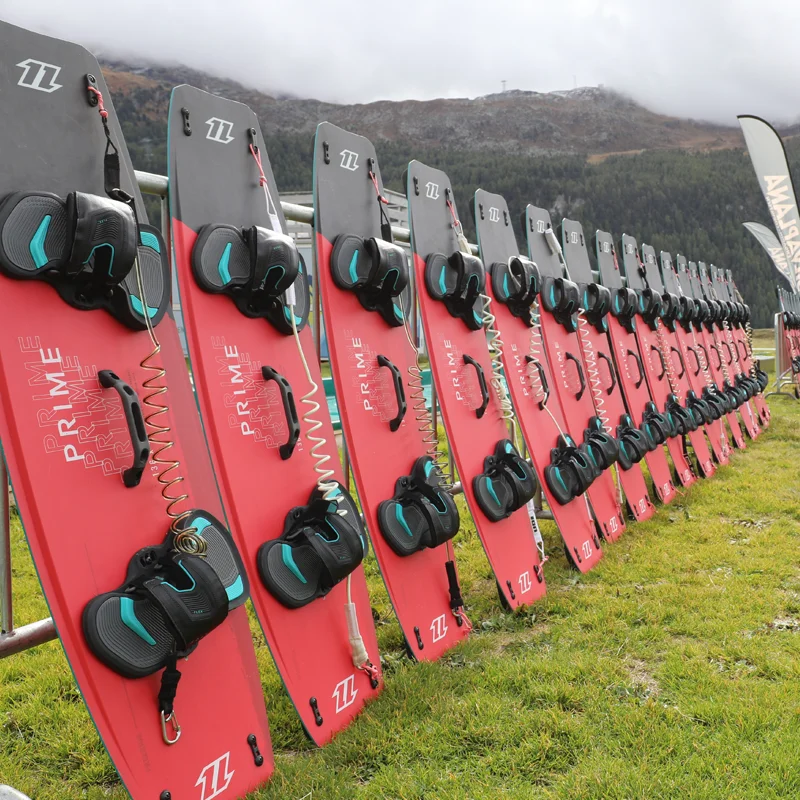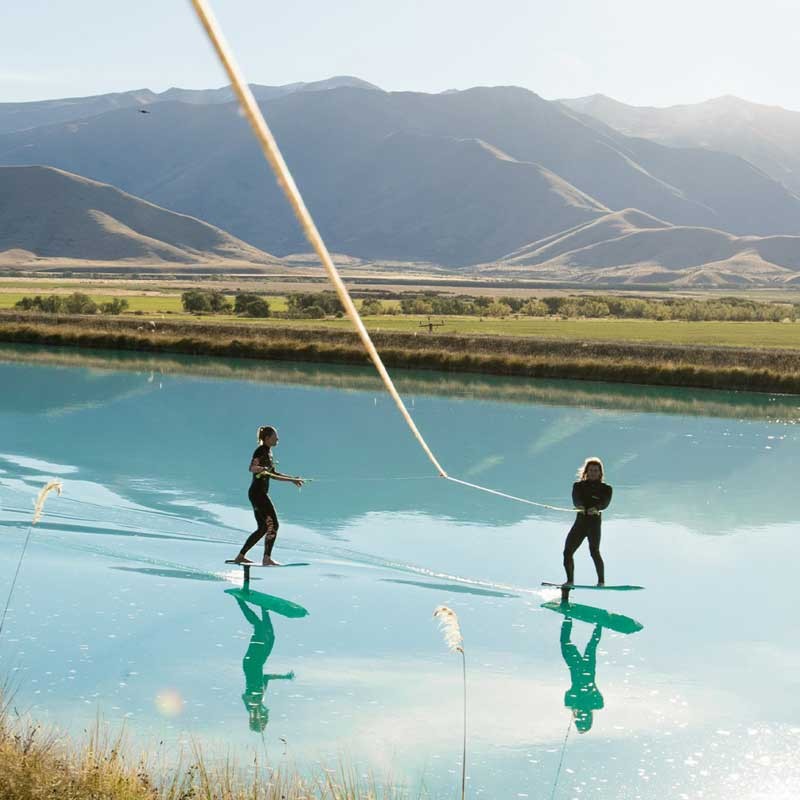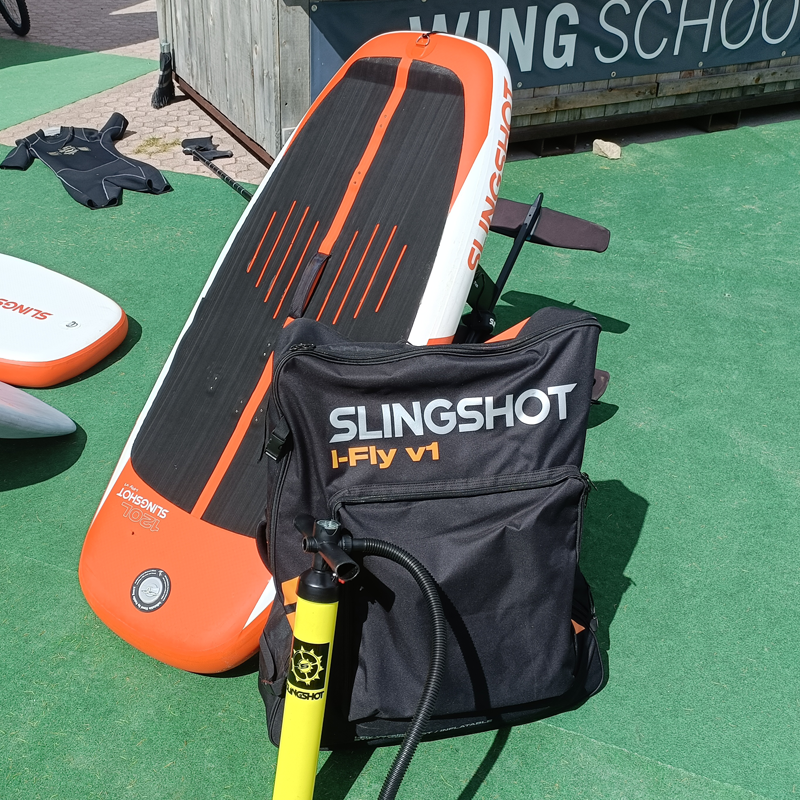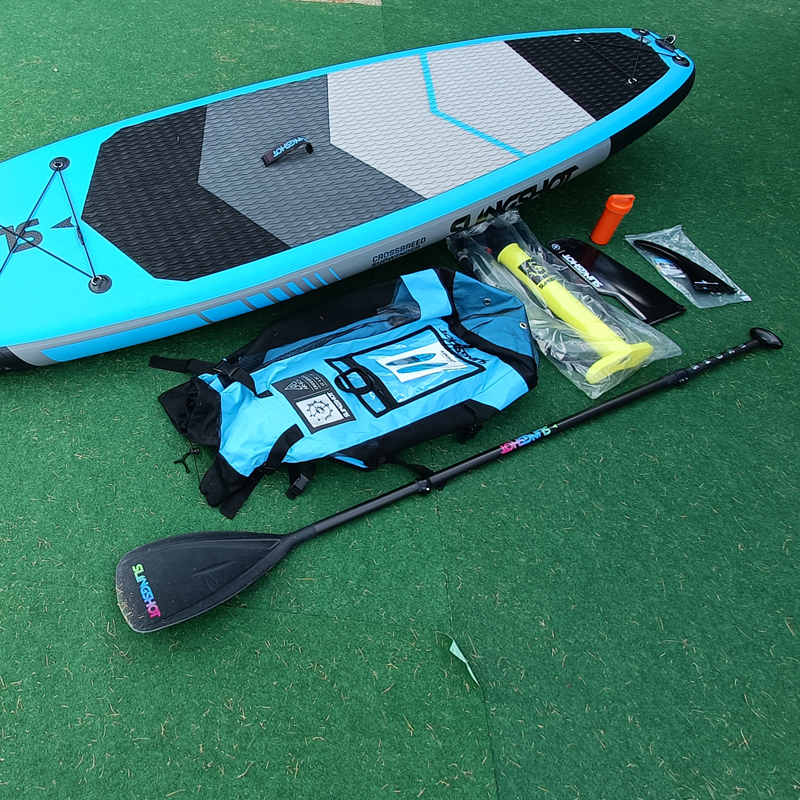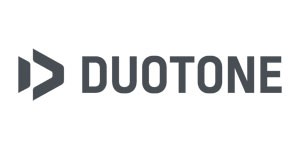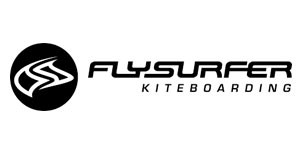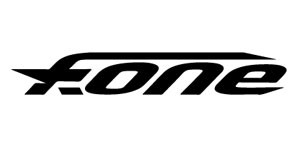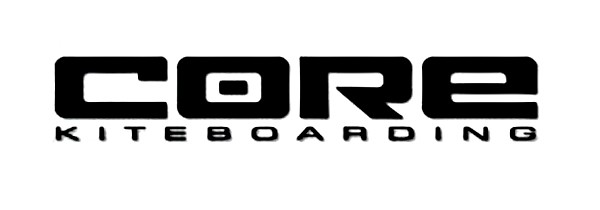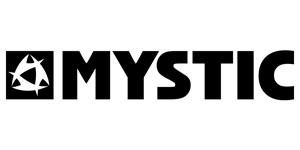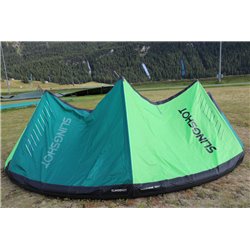List of products by brand Slingshot Sports
People who ride Slingshot will always come first. Our commitment to quality, innovative design, testing and riding have been a driving force for an entire decade. Through this decade we have been awarded four U.S. patents that make kiteboarding more convenient and safer. We also proudly license patents, from other great innovators of our sport, to help establish high levels of quality and set industry standards. This contributes to the prosperity and growth of kiteboarding and wakeboarding.
After numerous innovations in windsurfing, wakeboarding and other major sports, Tony Logosz and his brother Jeff both set forth to found Slingshot. Since then Slingshot has grown to be a global brand which caters to top kiteboarders in the world.
Born & Bred in the USA: The Story of Slingshot
Ryan Riccitelli Interviews Jeff Logosz
Originally Published in the October 2008 Issue of The Kiteboarder Magazine
I remember when I first heard the name Slingshot. I was sitting in Gary Martin’s (The Kiteboarder’s Technical Editor) shop in San Diego in 2000, and was immediately attracted to their cool flame graphics on their 35-inch Spitfire control bar and their B-Series trainer kite. Let’s put this in perspective. Until this point, there was really no coolness factor in kite gear. Slingshot was one of the first companies who was strictly a kiteboarding company in an emerging market of manufacturers who produced both windsurfing and kiteboarding gear. Their cool graphics and unique approach turned heads quickly. Based in the Gorge, the Logosz brothers were no strangers to the wind industry and founded Slingshot in 1999.
The company has now grown into a globally respected kiteboarding company and has innovated dozens of products that have helped our sport evolve over the years. Slingshot has since expanded into the wakeboarding market and is continuing to push the limits in that industry as well. I caught up with Jeff Logosz this summer to document some of the history of Slingshot and also to give the world a peek into what drives this company.
{openx:86112}
When was the first time you saw kiteboarding and what was your first impression?
We have been in the windsurfing industry since 1981. Sailing everyday in the Gorge meant at some point you were going to see Corey Roesler doing a downwinder on his kite ski. That was in the early 90’s. Everybody loved to watch him cruise into the Hatchery and boost a huge air. Most everyone at the time thought flying a kite was only something Corey was capable of doing because he was such an incredible athlete. In 1996, I was on Maui and saw Laird Hamilton doing a downwinder. He was making it look pretty good. Again, it looked unattainable because he was just going downwind. Then, in 1998, Elliot Leboe kept calling me and could not stop talking about kites and this freak guy named Lou Wainman. Apparently he was going upwind on a wakeboard and just killing it. That summer they came to the Gorge and legitimized it. After that, they got me into kiting; I spent endless hours listening to Lou and learning a ton from him. He was easily 10 years ahead of his time and the things he claimed back then are still true today. The next year, it exploded. My brother Tony was already shaping kiteboards by this time. So that we didn’t interfere with his custom board business, we founded Slingshot.
As you started to get into kiteboarding, did you ever think it would evolve into what it is today?
Yes, I always knew it.
What was the catalyst to launching Slingshot? What was your goal in creating the company?
Kites are an incredible source of power. We just saw all the advantages kiteboarding offered.
Who came up with the name and who were some of the founding fathers?
Tony came up with the name. He is the original founder that put it all together.
The early Slingshot team had a reputation for being rowdy and out of control. Who was behind all this?
All our competitors at the time were windsurfing companies that jumped into kiteboarding. Slingshot was launched as a kiteboarding brand. We had a lot of freedom creating our image because we did not have a legacy reputation that we had to honor. We were having fun, innovating, and letting our riders just be themselves to create a culture for kiteboarding.
What is one of the biggest mistakes Slingshot made in your history and how have you learned from it?
The biggest mistakes are when your product does not live up to the hype. The first year we made full size kites we made a kite called the Stealth. It sucked. We were honest about it. We also took care of our customers. Inside the business we learned a ton. And from that time on, we obsessed over the quality of our products. We test all the time. Lessons from those days are the values we try to live up today. We do our very best to deliver the highest quality product available. If we screw up, we fix it, and we take care of our customers.
{openx:86112}
Slingshot has the reputation of being run like a family. Please explain what the Slingshot family is all about?
We are all fortunate to work in this industry. But at the end of the day, it is a lot of work. No one person in Slingshot ever has it totally together. So when someone is down or is dealing with life’s difficult lessons, the other members at Slingshot step up and support the cause. It all goes full circle. Through all of this people get tight knit. This culture translates all the way to our customers. If you have an issue with our product, or want to have a better understanding about “Why Slingshot?” we want to talk to you. That’s why we don’t have any barriers – we’re a very open company. Customers, regardless of skill or geographical location in the world, can get on our website, and talk inside Slingshot. Or they are welcome to call. We wish more people would do it. The stoke we get from helping people, is why we’re really here in the first place.
Slingshot has expanded rapidly over the last 8 years and recently entered the wakeboarding market. How successful have you been and do you plan on entering other markets like snowboarding or skateboarding?
We grew from nothing to one of the major players globally in kiteboarding. We’re super stoked on that achievement. With that said, Slingshot is a business and a brand that we want to continue to grow. Slingshot is still growing in kiteboarding. However, hyper growth for Slingshot would be detrimental long term. Slowing down allows us to really focus on our products instead of chasing the dollar. Wakeboarding was natural for us, because we came to wind sports from boating. Tony had a legacy shaping and innovating some of the most important products for wakeboarding. It always drove us nuts that sports would not embrace better technologies to make their sports better. Technology revolutions happened in windsurfing, snowboarding, surfing, golf, tennis and bicycling. Markets would then explode. Wakeboards have not changed in 15 years. Basically, wakeboard brands use what we call “turd polish” to sell their products. Same old stuff, but with a new graphic, or some bottom shape they could hype. Turd polish is just marketing crap. It does not do anything for riders. We felt we could bring technology to wakeboarding. This is what we are doing and it’s starting to revolutionize the sport. We have created a new category in wakeboarding with boards that flex. The advantages are more pop, softer landings, and they press like snowboards on rails. It will legitimize a lot for the sport. We are already seeing the impact it has and we have only be in the market for 18 months. Our efforts have spawned new brands that are also thinking outside the box. Industry icon riders are switching for more performance. As riders switch from the old boards to new boards, it is becoming apparent that they just can’t go back. So we’re super stoked to bring flex into wakeboarding and to have been the first.
Has the wakeboarding side of the company grown to be as large as the kite side? Do you see a day when wakeboarding dominates Slingshot?
No, we will have the same strategy for wake as we do for kite. We just want to place our brand as top shelf and stay dedicated to building great products. Over time, we do want to change riding. That is huge. The wake industry is just a market segment of a larger industry. Water skiing, tubes, wake skates, wakesurfers and wakeboarding are all are just things to tow behind a boat. So, when we look at wakeboarding we try to look past just the boating element. We like to think about the impact cable parks are having; and the same goes for winching. As products change, riders will change the way they want to ride. It will be the riders who change the sport. Riding the wake, rails or winching will continue to progress. We believe it will go through a style revolution.
Who handles all product design for Slingshot?
There are two departments now: wake and kite. Tony Logosz is the chief designer who works closely with each department. After that, it’s a super team effort. Amery Bernard handles most of the kite stuff and works super close with our team. While John Doyle and Matt Gustafsen work very close with our riders on boards and Wade Wagley does the wake side.
Why have you chosen to locate Slingshot in Stevenson, Washington?
Several reasons. We’re right on the river. That helps a lot because R&D can walk 50 feet and be on the water. We operate our office and warehouse from here. It’s very economical and its closer to Portland. That’s great for shipping and for some of our employees that commute from the city instead of Hood River.
How popular is the current Fuel? Will you continue to make a pure C-Kite, or do too few people buy them to warrant their design and production?
The Fuel is probably one of the most popular kites ever made. It’s stature is iconic. The market share for the Fuel is small but very stable. It actually may grow next year. We are fully dedicated to the Fuel because it is a kite designed for hardcore freestyle riders. Performance is designed into the kite specifically for this style of riding. Freestyle it the foundation of our sport and our company. It would be a huge disservice to not see Ruben boosting insane kiteloops that make our sport cool. He needs a kite, the Fuel, to do that on.
Do all of your employees kiteboard?
Not everyone rides. Every employee at Slingshot has their own personal account that allows them to always ride state-of-the-art equipment. It’s a personal decision. You’re not required to ride. Most do. For example I get to ride when I take a kiteboarding vacation, which I love to do.
What do you think sets Slingshot apart from other companies in terms of company culture and how does this help your product development?
I think if you look around at our competitors, the innovations that are on their product were spawned by Slingshot. Not saying we do it all. Others have done great things as well, but we have done a lot to design kiteboarding equipment specifically for our sport. We are also proud of what our riders have innovated over the years. They are still pushing it today. Ruben continues to take it off the charts, and Ben is still pioneering wave riding and bringing it to the masses. These are all good things for our sport.
Do you think the development of high depower kites has helped the sport, or has it led to unchecked growth and less capable riders?
I don’t think growth is unchecked. Kiteboarding is unique because the growth is so channeled through schools. I think kites that offer the kind of range and overall performance that we are achieving has been an essential reason the sport has been able to grow. Early adopters of kiteboarding dealt with a lot of crap. The learning curve was needless to say, stressful. It would be virtually impossible for the average newbie getting into the sport today to attain success without these kites. They have made teaching viable.
Have we reached a plateau in our growth, or do you feel the sport is growing as fast as ever?
I think the growth is steady and healthy. As far as the direction of the sport, the fundamentals have not changed since the beginning. The kite is still an awesome source of power. The possibilities are endless.
What makes you most proud about the company every day?
The way we pride ourselves in taking care of our customers.
Originally Published in the October 2008 Issue of The Kiteboarder Magazine

